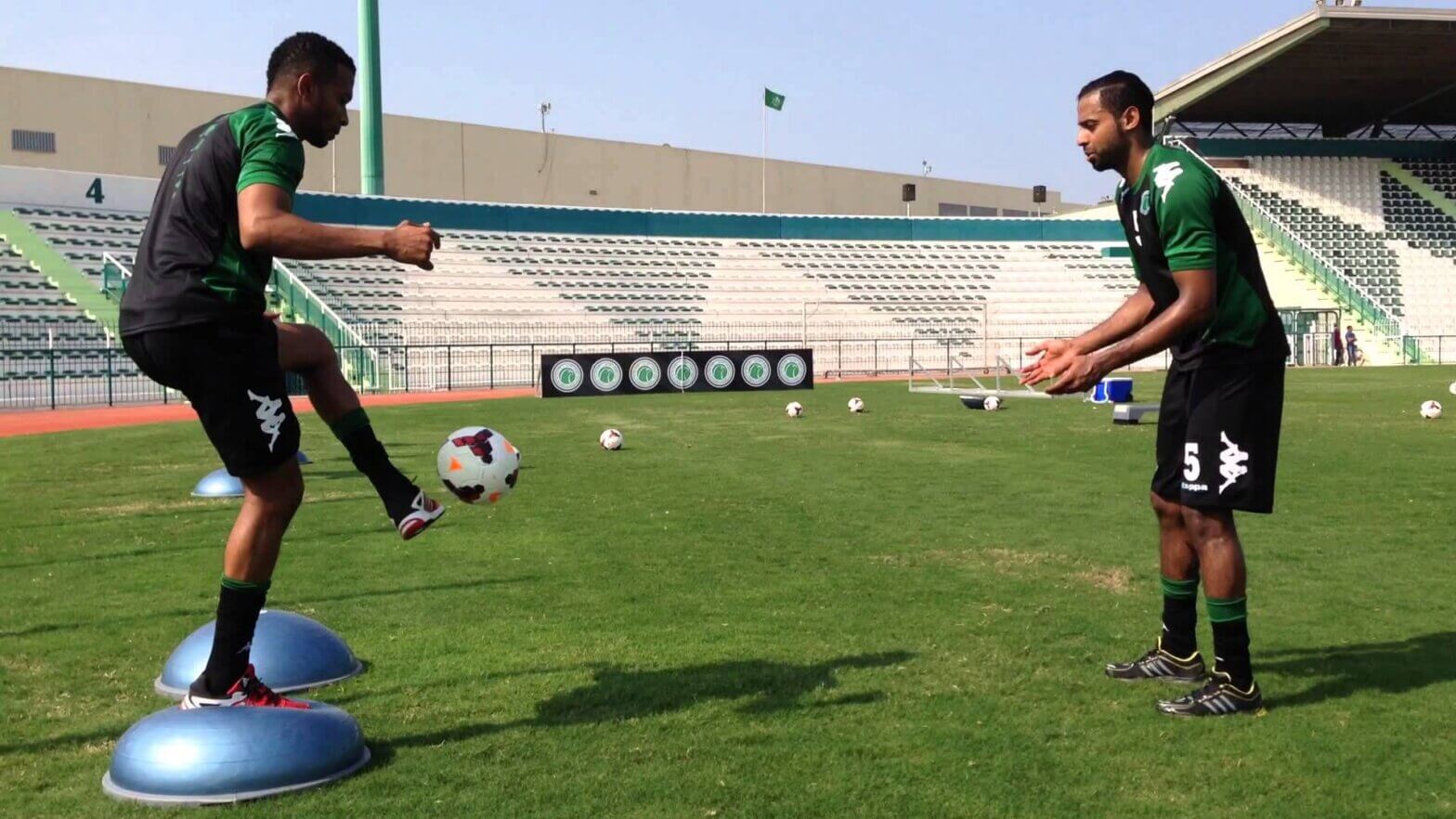Breathing is one of the most important functions that takes place in our bodies. The oxygen that we take in with each breath powers every system in our body. We breathe naturally without even thinking about it, but did you know that controlling and practicing your breathing can improve your performance when exercising and even help you recover from injury?
The diaphragm is the primary muscle responsible for allowing you to breathe in (inhale) and out (exhale). Located just below the lungs, the diaphragm contracts and relaxes in sync with your breathing. Our normal breaths throughout the day are typically more shallow and involve more “chest breathing”. The practice of diaphragmatic breathing can help you optimize the use of the diaphragm in your breathing. Also known as “belly breathing”, this involves consciously engaging the diaphragm, stomach, and abdominal muscles to pull the diaphragm down with every inhale.
What are the benefits of diaphragmatic breathing?
Here are just a few of the ways that diaphragmatic breathing can improve your recovery and exercise:
- Increased core muscle activation allows you to generate more power and stability
- Sufficient oxygen is delivered to the muscles more efficiently, which keeps them from getting tired as quickly. It also allows more oxygen to travel to tissues that are damaged or injured
- Helps to release tension throughout the body which can allow for increased range of motion
- Lowers heart rate and blood pressure
- Decreases instances of abdominal cramping caused by overuse of accessory muscles of respiration (breathing)
- Decreases lactic acid build up during higher intensity exercises, limiting soreness or discomfort during exercise
- Reduces anxiety and stress that may exacerbate pain
How can I practice diaphragmatic breathing?
First, lie on a flat surface on your back with your knees and head supported by pillows. Place one hand on your upper chest and the other on your stomach below the rib cage to be able to feel the diaphragm move as you breathe. Breathe slowly in through your nose and allow the breath to travel through your stomach, causing it to rise up into your lower hand while keeping the top hand on your chest still. Breathe out through pursed lips (as if you are blowing out a candle) while contracting your abdominals and let your stomach sink back down into its original position.
This exercise can also be done in sitting, standing, and eventually while moving once you get the hang of it while laying down. Practice this for 5-10 minutes, 3-4 times a day and take note of any improvements that you experience.
There are many different breathing techniques that can be used to enhance your ability to participate in everyday activities, exercise, and sports. A physical therapist is a trained professional who can educate and instruct you in breathing exercises to help you breathe easier during activity. In addition, a physical therapist can develop a treatment plan to address any other impairments that may be preventing you from performing at your peak. If you are looking to maximize the benefits of your exercise or injury recovery, call Respire Physical Therapy at (703) 671-1871 or click here to schedule your initial evaluation today!
Tags: choosept, arlingtonva, alexandriava, springfieldva, fallschurchva, Physical Therapy, respirept, Respire Physical Therapy, ptworks, physical therapist, annandaleva, wellness, diaphragmatic breathing, recovery, exercise



